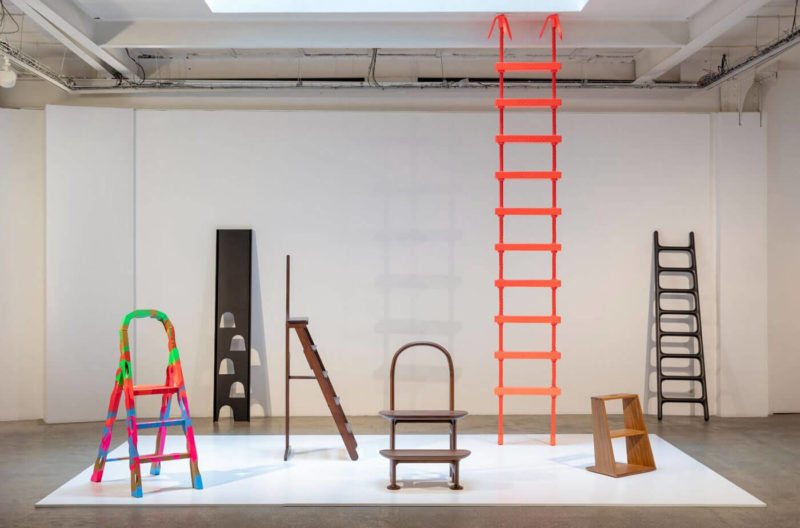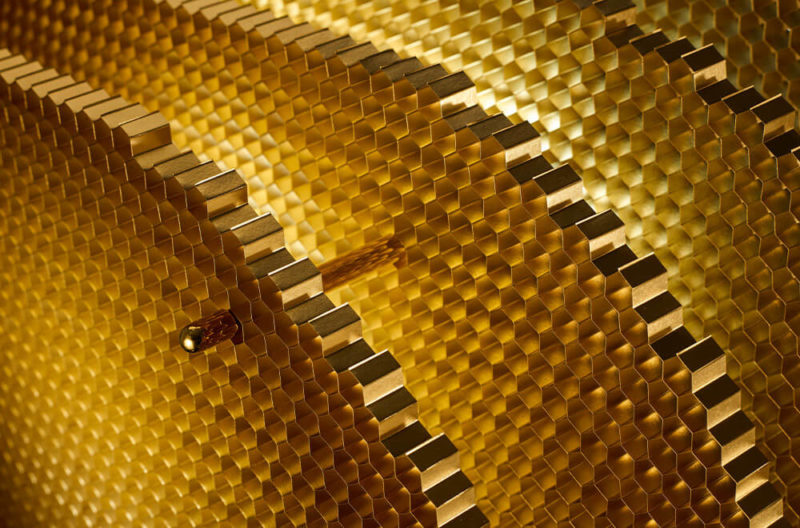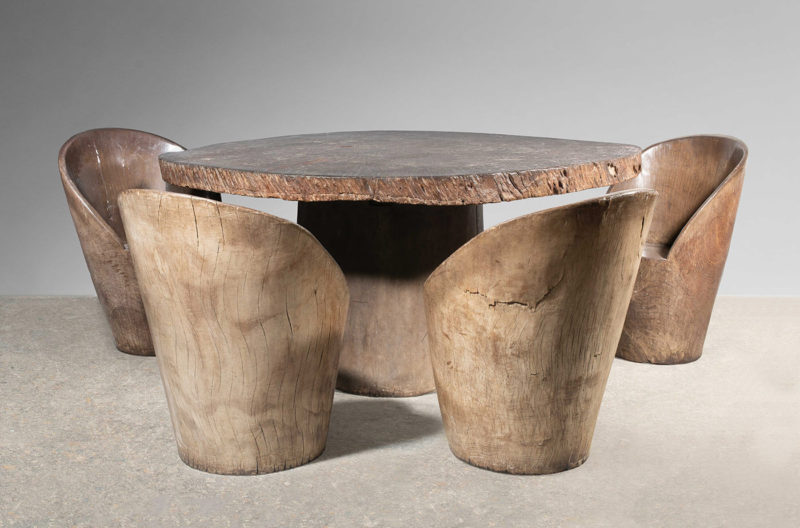Mobilier National, Paris: Le chic! French Decorative Arts and Furniture from 1930 to 1960
A deeply-researched exhibition of mid-twentieth century design offers a wealth of inspiration for contemporary design.
Mobilier National, Paris
12th October 2022-29th January 2023
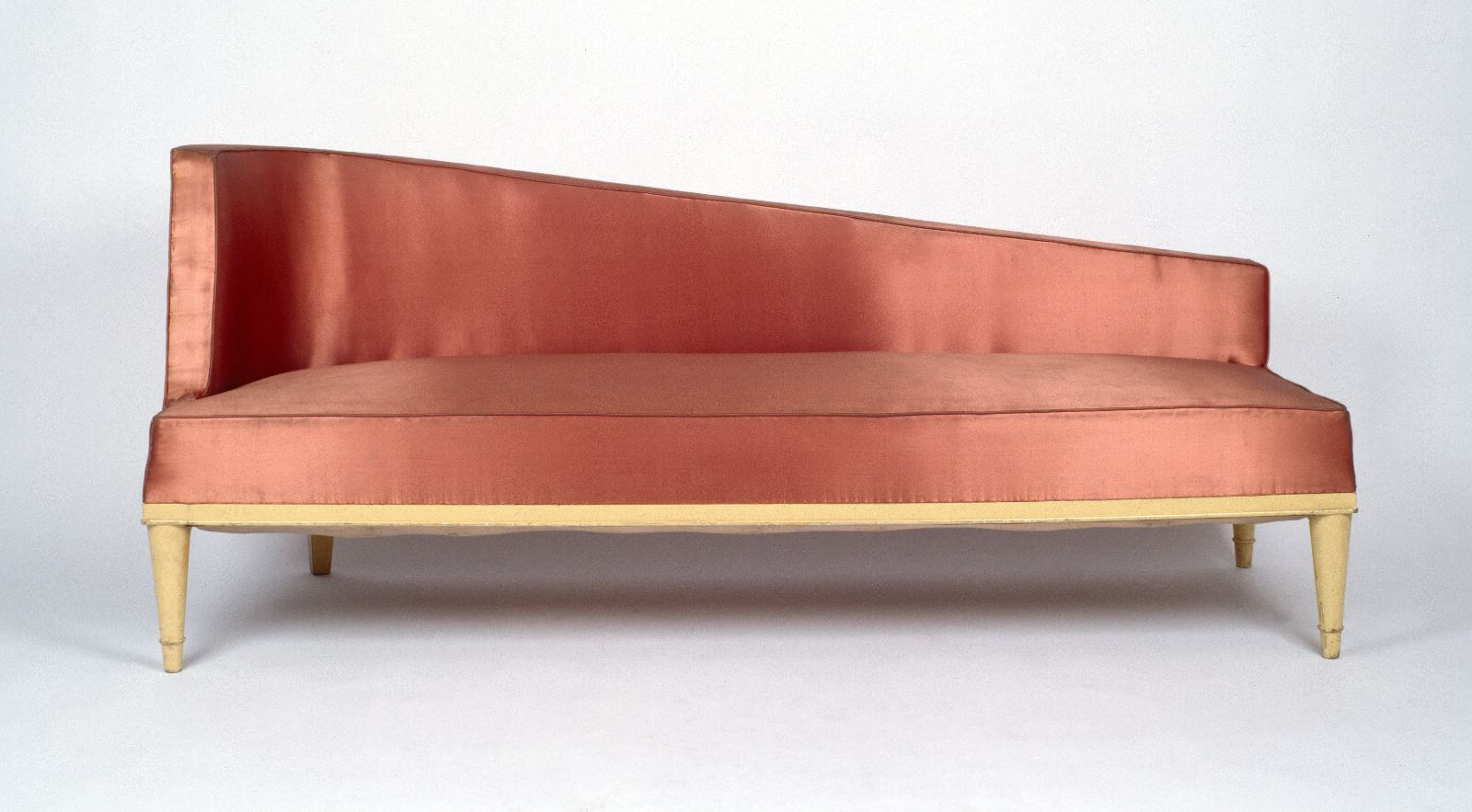
André Arbus, ‘Day Bed’
COURTESY: © Mobilier National / PHOTOGRAPH: © Cazenabe
HOLDING MANY OF the best examples of France’s furniture design and decorative arts prowess, the Mobilier National is an invaluable resource – and a powerful champion globally for a distinctive French style. As well as conserving and restoring furniture in the country’s National Collection, it places culturally significant pieces in French institutions around the world, acquires new works and stages exhibitions.
A new, deeply researched survey show, ‘Le chic! French Decorative Arts and Furniture from 1930 to 1960’, running until early next year, reveals what made this particular period so prolific and influential.
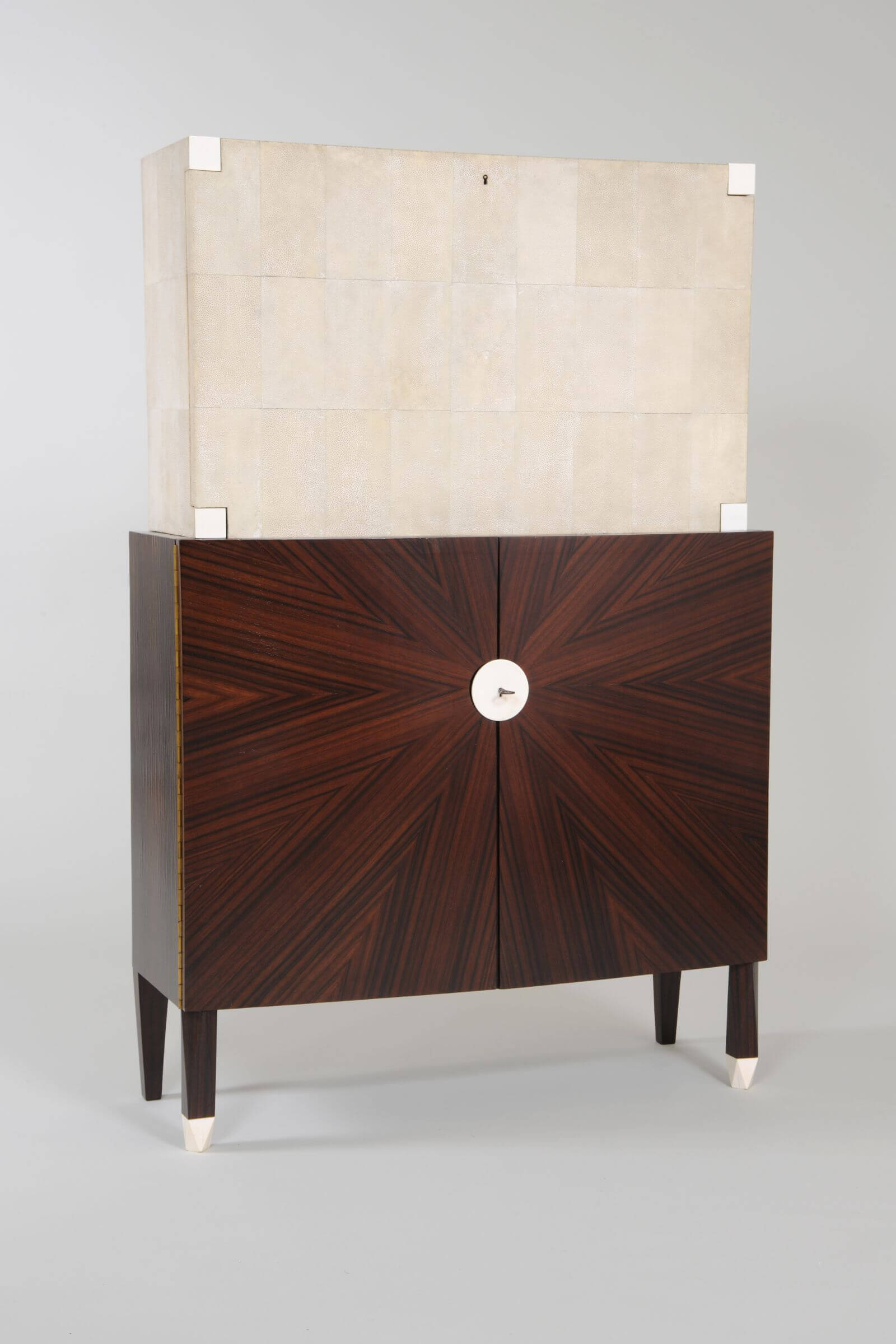
André Groult, ‘Secretary Desk’, 1937
COURTESY: © Mobilier National / PHOTOGRAPH: Isabelle Bideau
The role designers played in promoting French style
Many of the historical talents exhibited – André Arbus, Jules Leleu, Jean Pascaud, among others – actively collaborated with the Mobiler National during its long existence. Their creations were woven into the fabric of French identity by being used in the country’s many repurposed palaces, before being archived. These designers and ‘ensembliers’ were skilled at bringing together the many artisanal trades for which France has long been famous, thus communicating a broad picture of French skill and style.

Colette Guéden, ‘Dressing Table’, 1946
COURTESY: © Mobilier National / PHOTOGRAPH: Isabelle Bideau
“They put their rigour – but also their imagination – at the service of buildings that had previously been far more inclined to receive furnishings from previous centuries,” says Emmanuelle Federspiel, Mobilier National heritage curator. “After a certain lack of interest during the 1960s and 1970s, these pieces of furniture and art objects have begun to be rediscovered and collected by a small number of passionate amateurs.”

Jacques Adnet and Jacques Despierre, ‘Lady’s desk’, 1941
COURTESY: © Mobilier National
The rise of Art Deco
At events such as the Exposition Internationale, particularly its seventh iteration in 1937, France led the charge in shaping what would later be codified as Art Deco, the softer, more referential, and decorative version of austere Modernism. The extravagant yet restrained style was defined by designers who favoured the abstract use of referential motifs extracted from other cultures – but who also masterfully implemented sumptuous lacquer, parchment, shagreen, ivory and gilded bronze.
“Their refined production relied as much on craftsmanship as on the preciousness of these materials,” says Hervé Lemoine, Mobilier National president and chief curator. As revealed in the chronological exhibition, this approach morphed over time. “Like elsewhere, line searching was a major consideration for French talents. It could sometimes be upright and angular, as on André Groult’s flap desk, or round and interlaced as it develops on Gilbert Poillerat’s wrought-iron productions. While the 1940s were the apogee of the great decorative ensembles, the 1950s focused on opulent interiors with interchangeable furniture.”
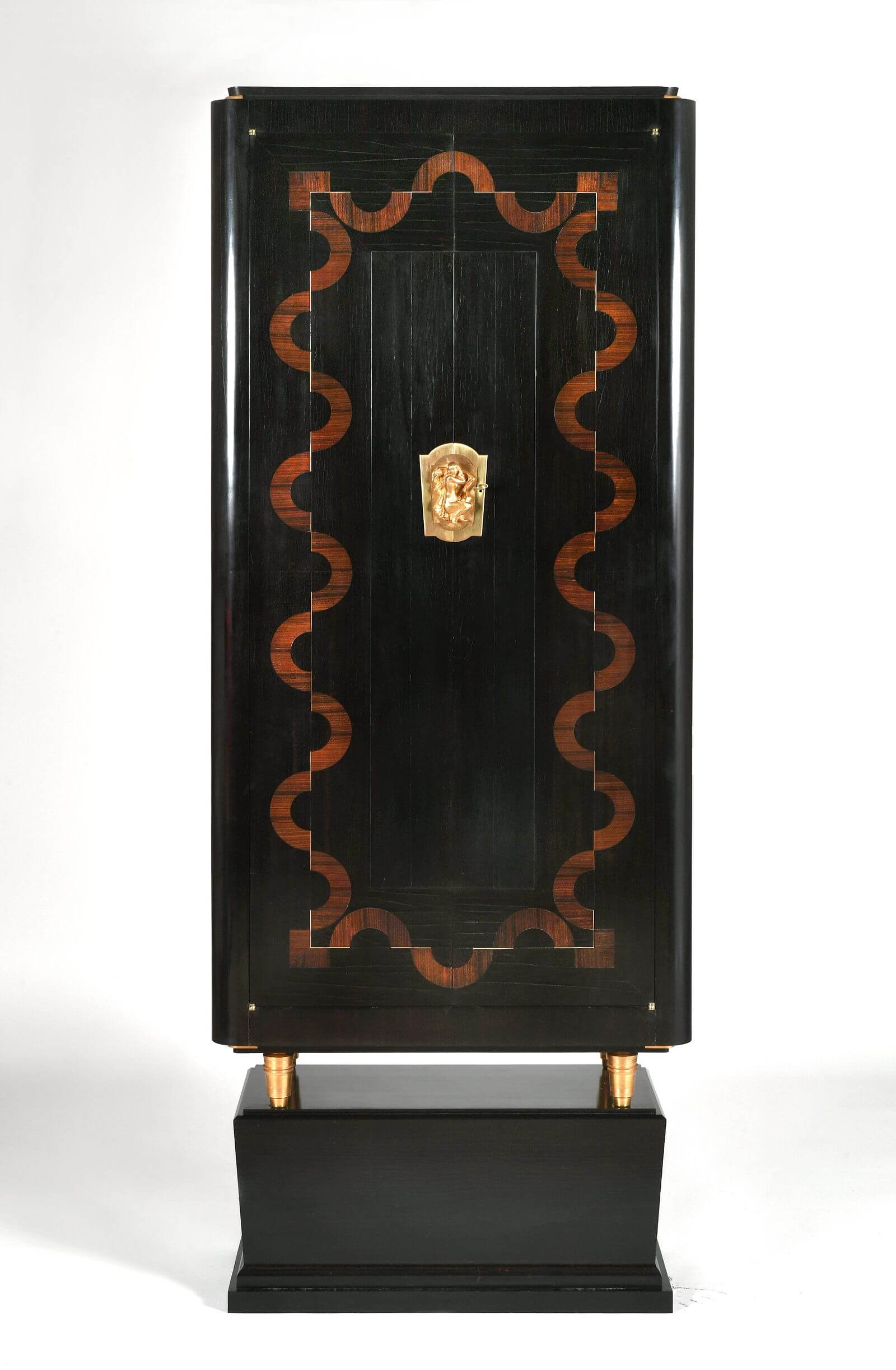
Dominique, André Deluol, ‘Sideboard’, 1947
COURTESY: © Mobilier National / PHOTOGRAPH: Isabelle Bideau
Lemoine extols the notion that French style, or ‘chic’, versus taste has long been defined as an almost effortless art de vivre as opposed to a specific school of thought or discipline. And yet the complicated tension between luxury and functionality – evident in Colette Guéden’s monumental presidential desk from 1947, or Marcel Bergue’s quintessentially deco table from 1937 – was as palpable then as it is today.
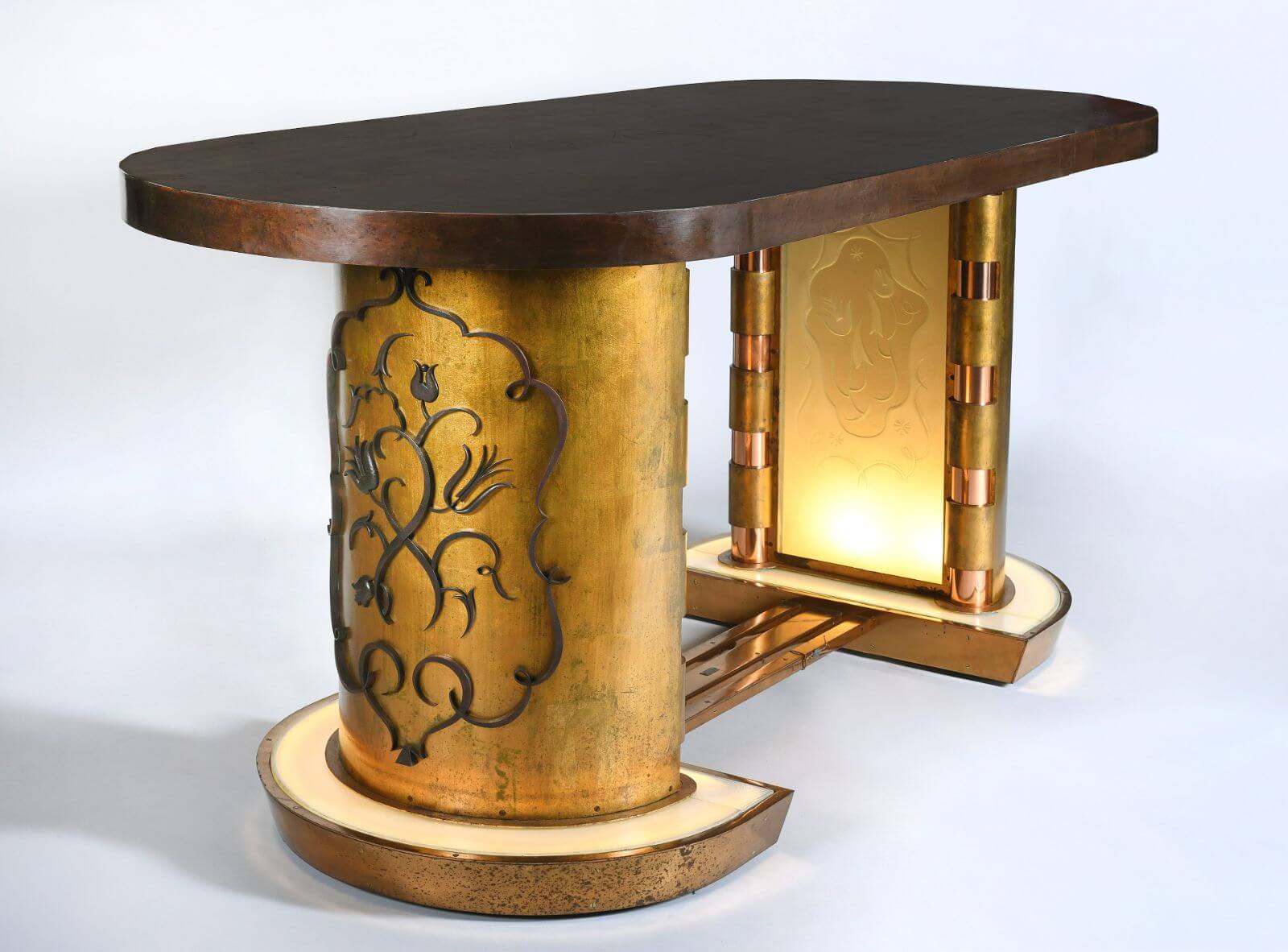
Marcel Bergue, ‘Luminous table’, 1937
COURTESY: © Mobilier National / PHOTOGRAPH: Isabelle Bideau
Vincent Darré’s well-conceived scenography
Featuring more than 200 works that demonstrate the various achievements of each decade, the exhibition is thoughtfully designed by Vincent Darré – the rising star of French decor. Darré chose to mount these period room displays with a nod to his own highly personalised and maximalist style. The meticulously staged object groupings are fully immersive in their historical accuracy and also, through the help of integrated technology, provide in-depth insight into the craft traditions involved in their production.
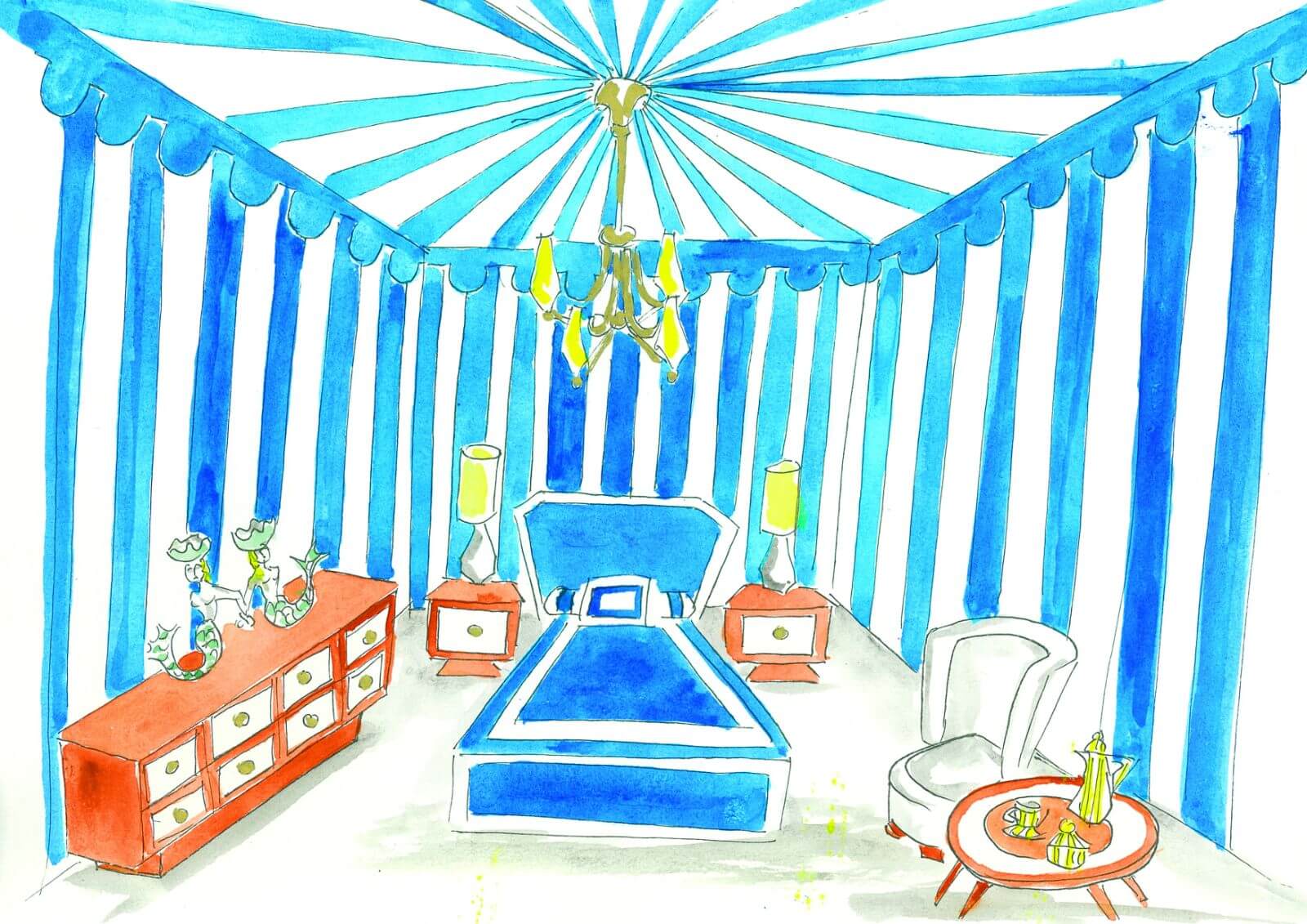
Sketch of the scenography, by Vincent Darré
COURTESY: © Maison Vincent Darré
& Mobilier National
“The scenography will give keys to understanding the rare materials and techniques used on the furniture and lamps of this period,” Lemoine explains, “The arts of leather casing, weaving, upholstery, passementerie, chair making and cabinetmaking will be illustrated through the restoration of remarkable pieces from the collections.”
The president suggests that the time is right for a public reassessment of this period in design: “The achievements of these three decades are an unlimited source of inspiration for contemporary designers opting for a return to a richer conception of furniture and decor. More and more, ‘white cube’ spaces are being replaced by colourfully warm interiors incorporating characteristic furniture.”

Sketch of the scenography, by Vincent Darré
COURTESY: © Maison Vincent Darré
& Mobilier National





